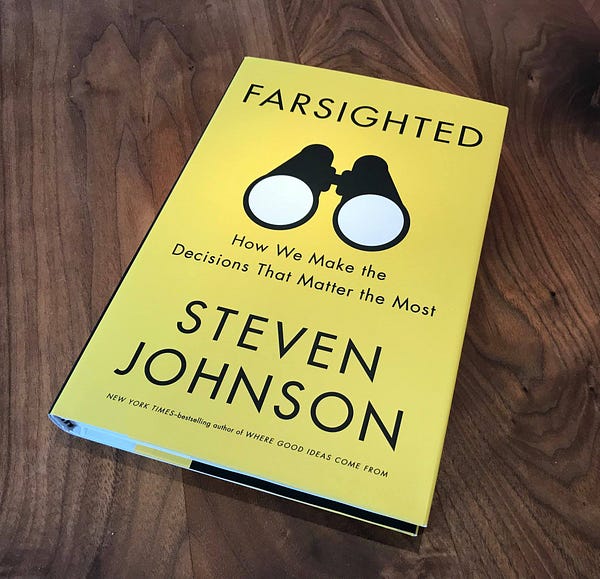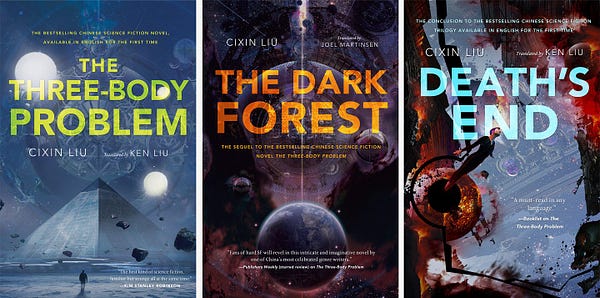
Believe it or not, I was a teenage heavy metal fan. Growing up in the Midlands I had the albums, the posters and the t-shirts, but never the long hair and tight trousers — I don’t think I could have pulled those off. It’s weird looking back and realising that all the music was on cassette and vinyl. It makes me feel very old.
Anyway, one of my favourite bands was Iron Maiden and I’ve just finished lead singer Bruce Dickinson’s autobiography ‘What does this button do?’ which is a lot of fun. I’ve been listening to the audiobook (which Bruce narrates himself) on long drives and on the bus and tube when I’ve had a chance. There have been many moments when I’ve struggled not to laugh out loud and I think my fellow passengers have wondered what was going on.
Alongside the Spinal Tap style antics that I think every band of the era went through, the thing that comes through is the incredible work ethic in the band and constant experimentation. The characters are just fantastic, co-manager Rod Smallwood comes out of the book very well and sounds like a bit of a legend. Metal is a peculiarly British thing. Its origins are in the Midlands in the 60s and 70s but it went on to influence the whole British music scene and had a huge effect on the US as well. This radio documentary is ace if you ever want to know more.
https://www.bbc.co.uk/programmes/b008kjc4
While there’s a lot about the band in there, most of the book is about the things Dickinson has done outside music. He’s kept himself busy to say the least. He’s been a world class fencer and created a best selling beer for example but his real passion is flying. He started out flying small single propellor planes and over time became a qualified airline captain. Most recently flying the band and all their gear around the world on tour in a Boeing 747. There are long passages about why he loves it as well as a few terrifying near misses.
Dickinson makes an unusual decision for an autobiography to not even mention any relationships or kids. There’s an afterword that explains why but you do notice it. It’s almost a work memoir rather than a life memoir. I’ve seen other reviews that criticise the book for that — saying it feels like he’s hiding the real him — and I do agree. Nevertheless it’s a fantastic book and well worth a read — not just for teenage metal fans.








